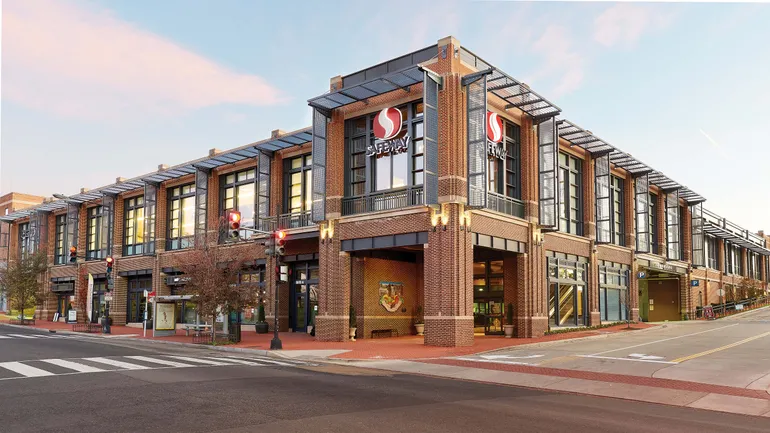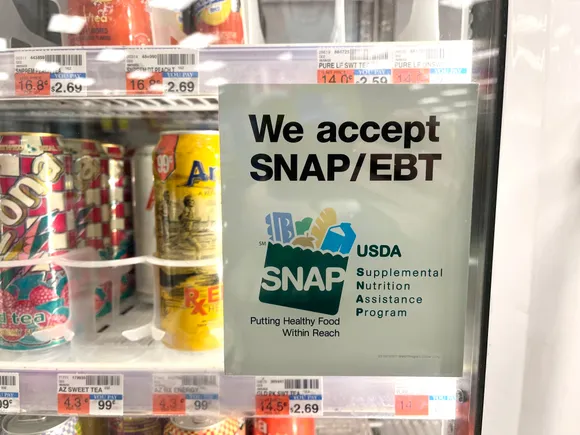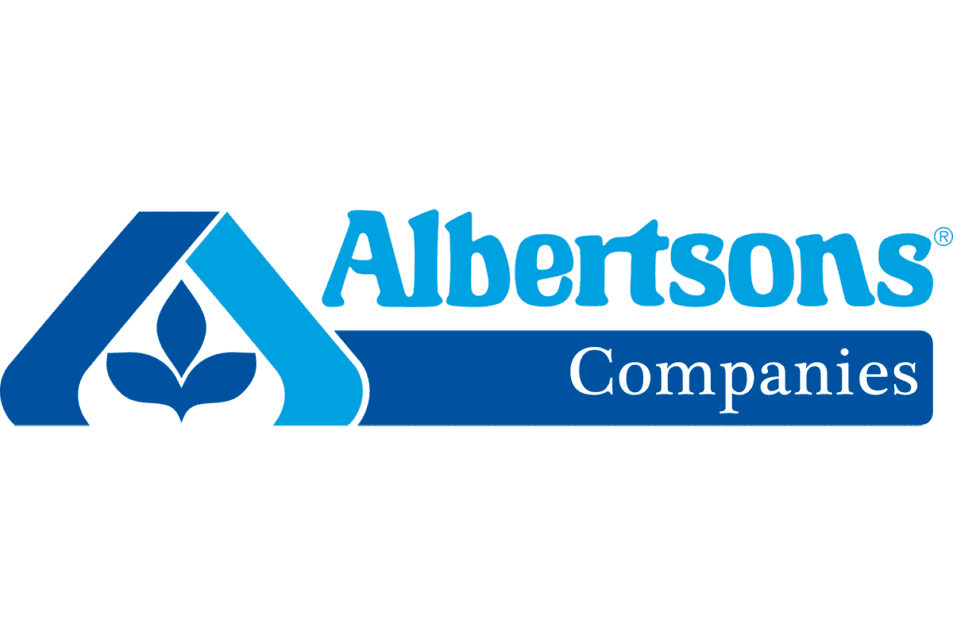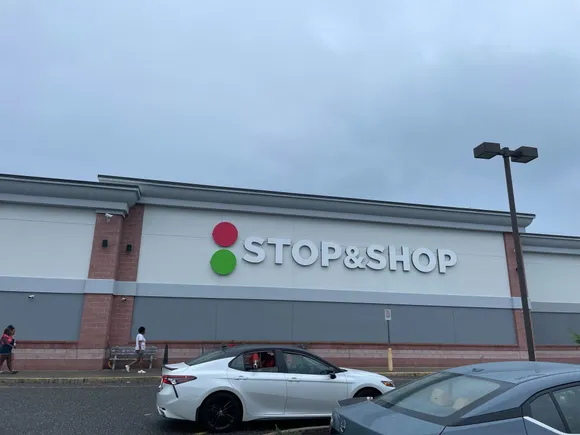The Friday Checkout: How strong can C&S be without Safeway?
The Friday Checkout is a weekly column providing more insight on the news, rounding up the announcements you may have missed and sharing what’s to come.
As the court battle continues between federal regulators and Kroger and Albertsons over their proposed merger, the divestiture plan with C&S Wholesale Grocers has proven to be a key argument topic for both sides.
Kroger and Albertsons have pointed to C&S’s strong track record and said the plan gives C&S the assets to effectively compete in the grocery space, while the Federal Trade Commission has argued that C&S is ill-equipped to quickly transform into a major supermarket operator.
During the trial this week, C&S’s CEO Eric Winn confirmed that the wholesaler had written a letter to the FTC last fall saying that it would be able to “compete more effectively” if it could obtain the exclusive rights to one of the grocers’ well-known banners or Albertsons’ distribution centers rather than a mix of assets from both companies, the Los Angeles Times reported.
“Kroger gave us their worst chains,” Alona Florenz, C&S’s head of corporate development, said last November, according to documents shared during the trial, the publication noted.
Instead, under the current divestiture plan C&S would acquire four banners — QFC, Mariano’s, Carrs and Haggen — and get access to license the Albertsons banner in California and Wyoming and the Safeway banner in Arizona and Colorado.
Winn declined in court to say whether C&S asked for specific banners and said Kroger selected which assets it would divest, the paper reported. Analysts have suggested that divesting a more substantial or cohesive set of assets could help satisfy regulators’ concerns — and now it seems like C&S had hoped for a better deal, too. A key question for Judge Adrienne Nelson to consider is: How strong can C&S be without controlling a well-known banner like Safeway?
In case you missed it
Grocery price trends differ by state
Prices for groceries have fallen over the past year in some states even as they have gone up in others, according to a Datasembly report cited by Philadelphia TV station WTXF. New Jersey saw the sharpest decrease, at just under 1%, followed by Connecticut and Pennsylvania, which each logged a decrease of about half a percent. Maine, New Hampshire and Illinois each saw prices go up by close to 2%, while prices in Hawaii went up 2.2% and Vermont saw an increase of nearly 3%.

A Publix in Wesley Chapel, Florida.
Permission granted by Publix
Publix continues Kentucky expansion
The supermarket chain has signed a lease for a new store in Owensboro, Kentucky, adding to its growing presence in the Bluegrass state, the Louisville Courier Journal reported. The new store will join Publix locations slated for Kentucky cities including Louisville, Lexington and Walton. Publix opened its first Kentucky location in Louisville’s Terra Crossing Shopping Center in January.
Natural Grocers looks to fund regenerative organic agriculture
The specialty grocery chain is asking shoppers to help it raise $100,000 during September for Rodale Institute, a nonprofit organization that supports organic farming research and helps farmers transition to growing organic crops. Natural Grocers plans to collect the funds through donations from shoppers when they pay for purchases as well as from the sale of themed reusable shopping bags and zip pouches.
Impulse find
Calling all pumpkin lovers!
If you enjoy fall-themed food, personal finance website FinanceBuzz might have just the ticket for you. The site is hoping to find someone to test and rate all of the fall-inspired Pumpkin Palooza foods at Trader Joe’s — and will pay that person $1,000 to complete the job. FinanceBuzz will also give its “Pumpkin Spice Pundit” a $500 Trader Joe’s gift card to cover the cost of the foods they evaluate.



